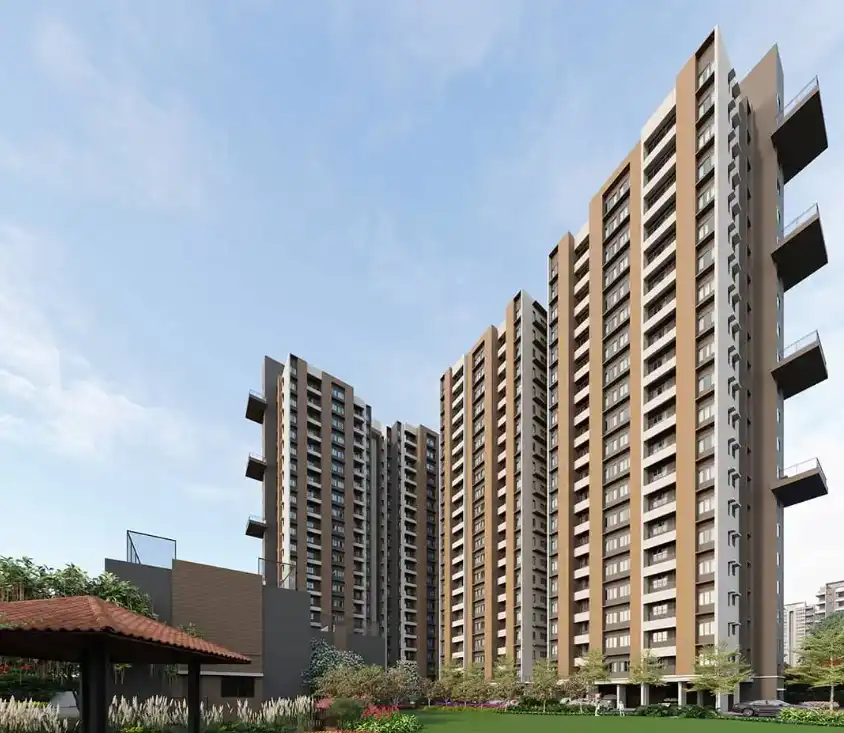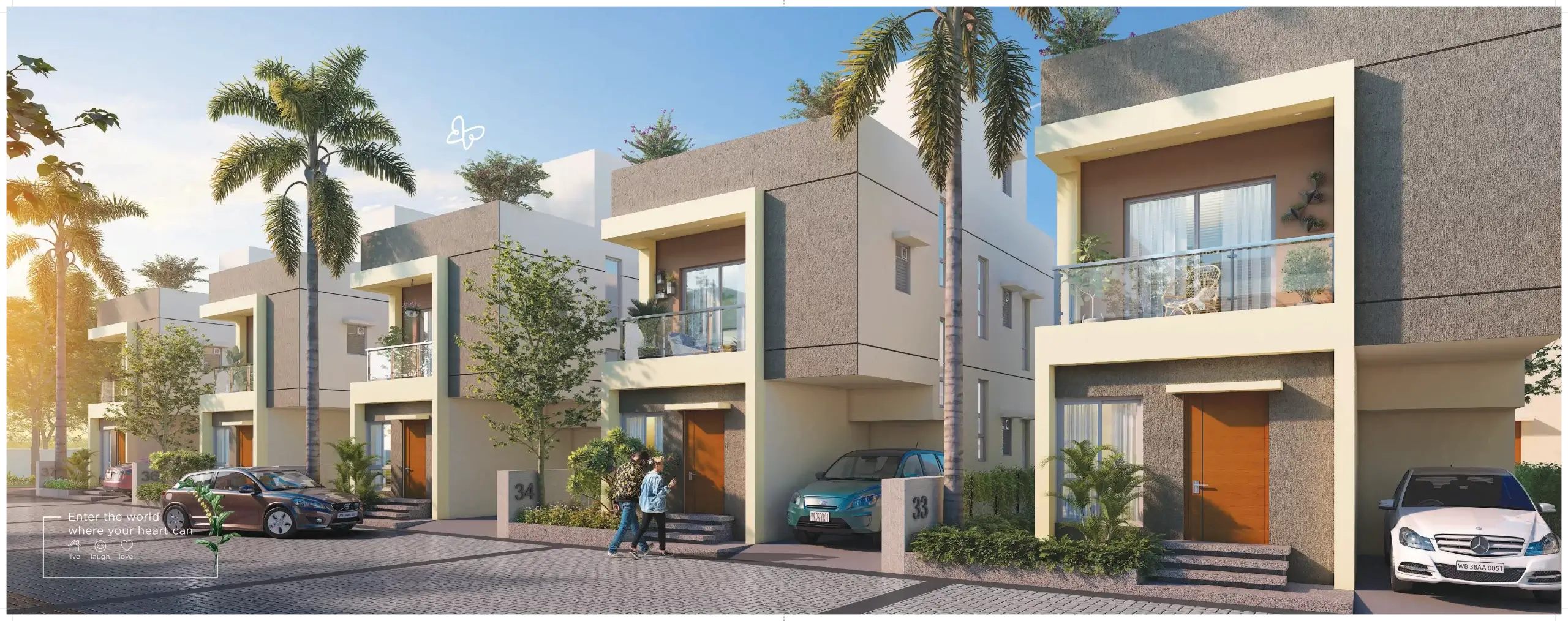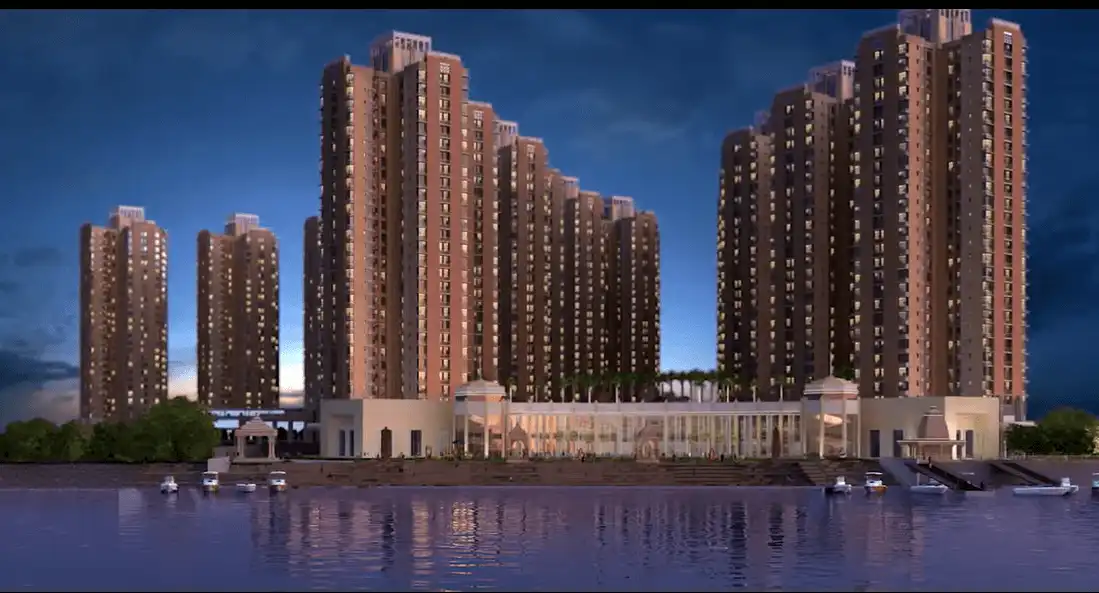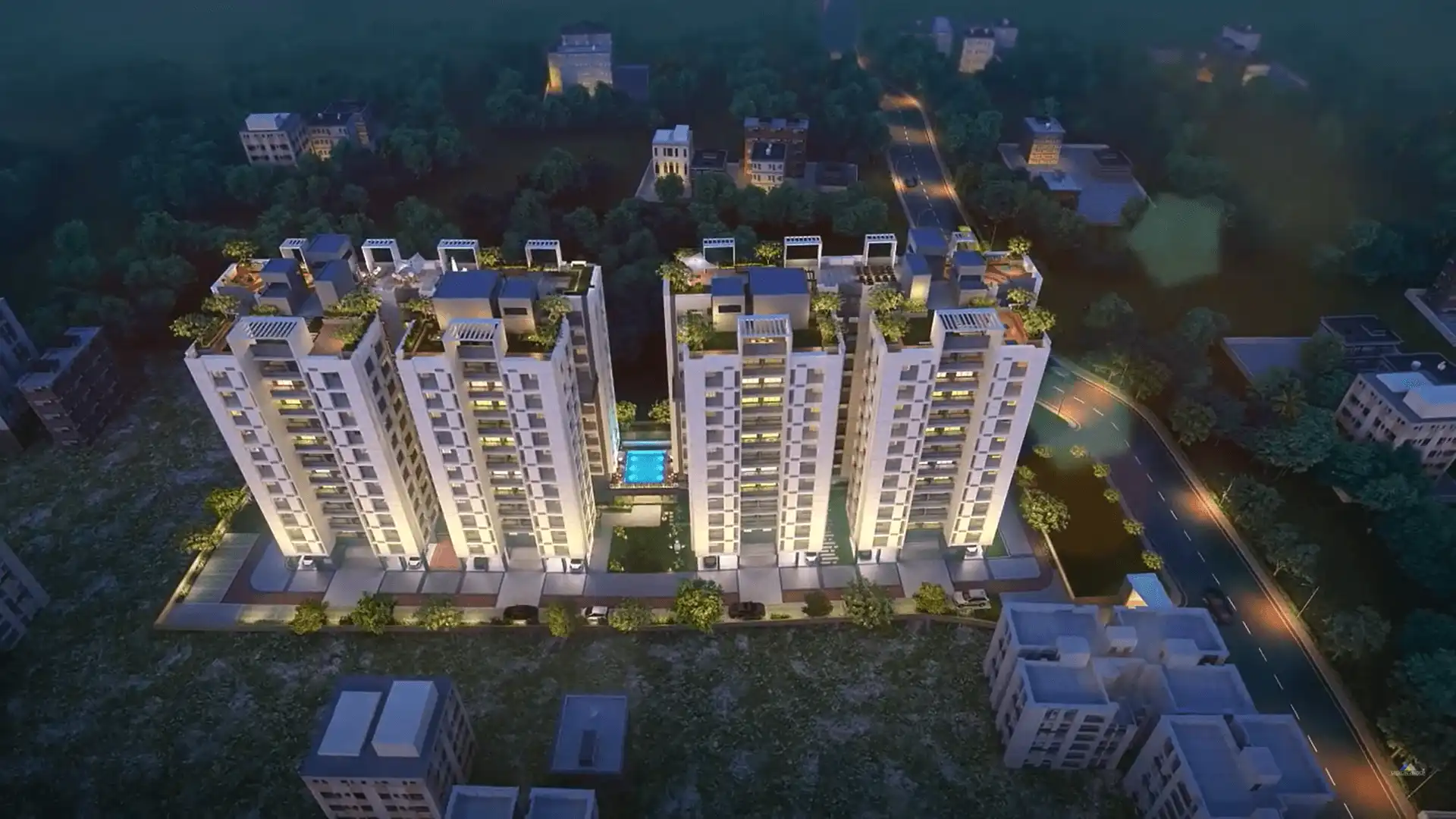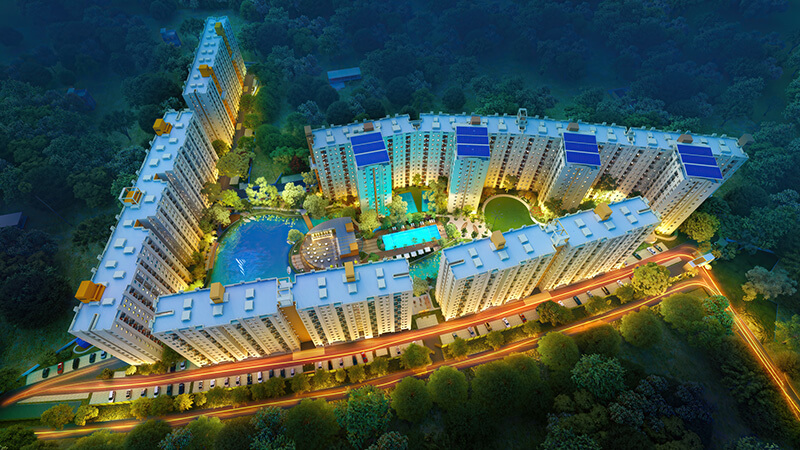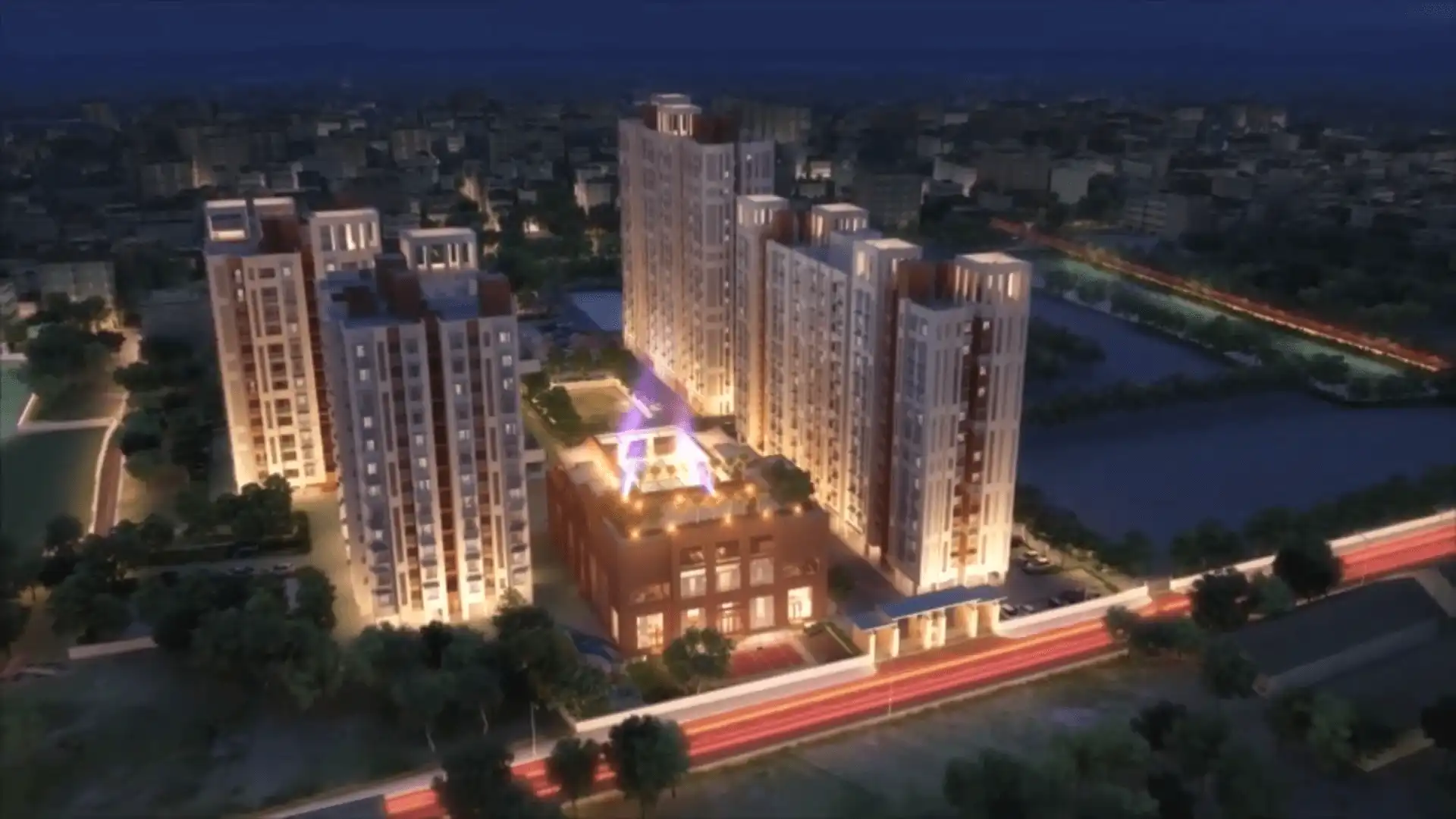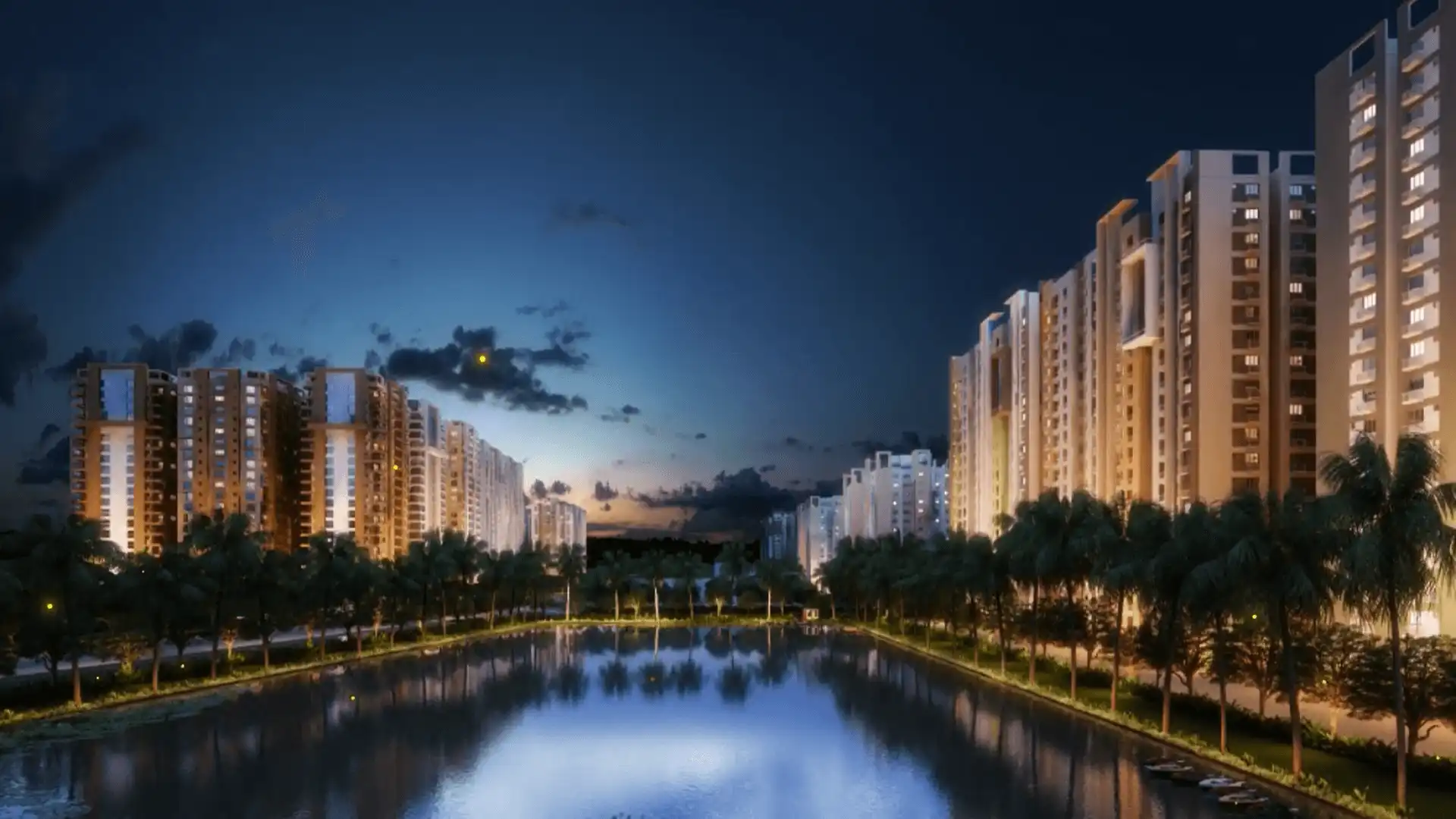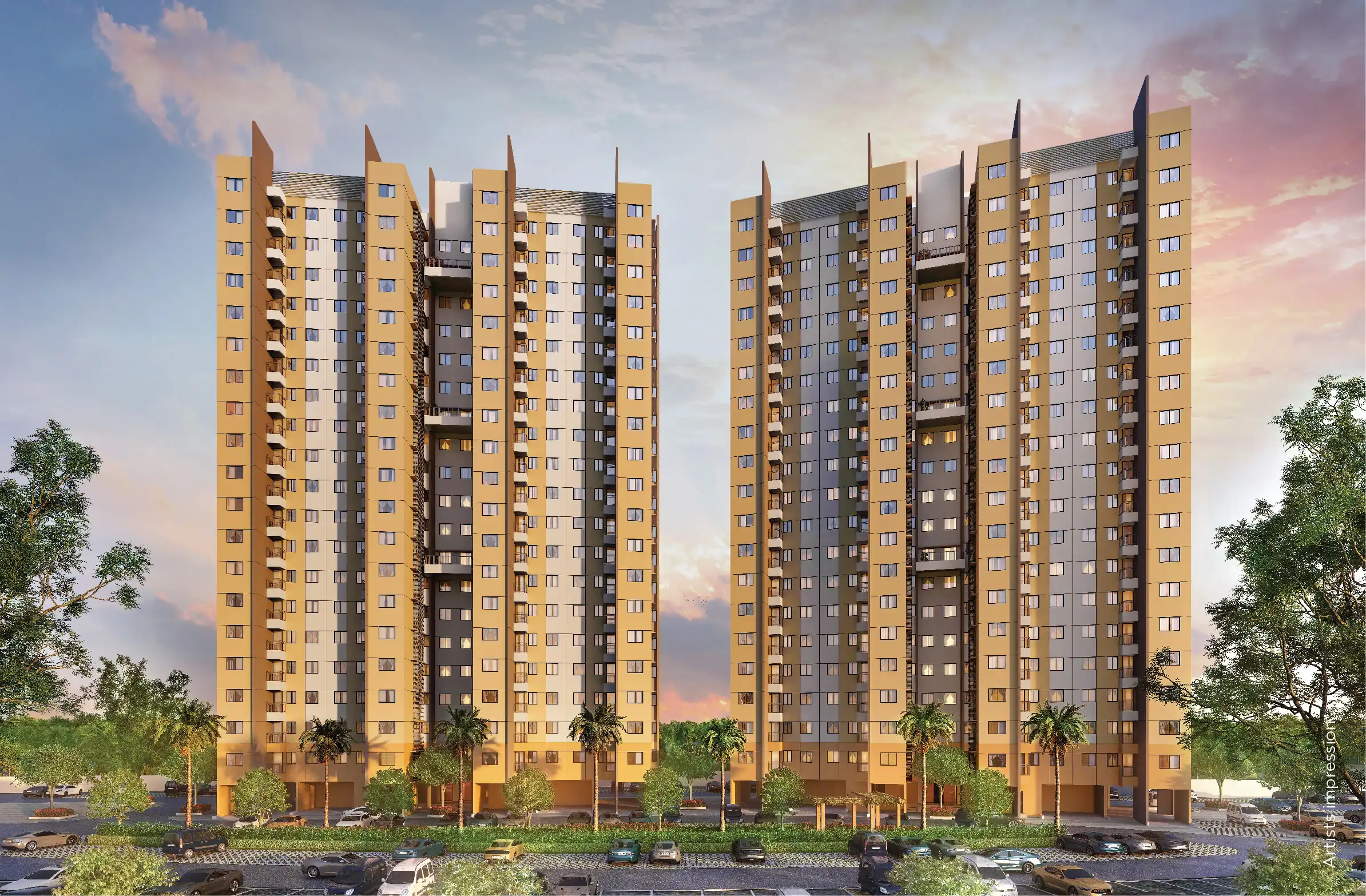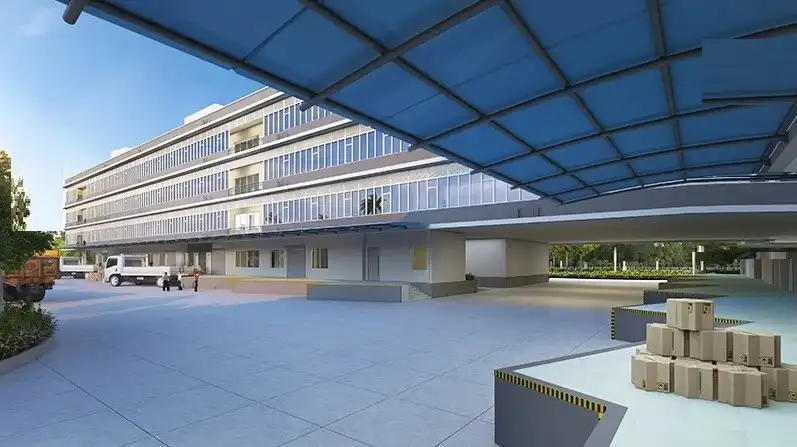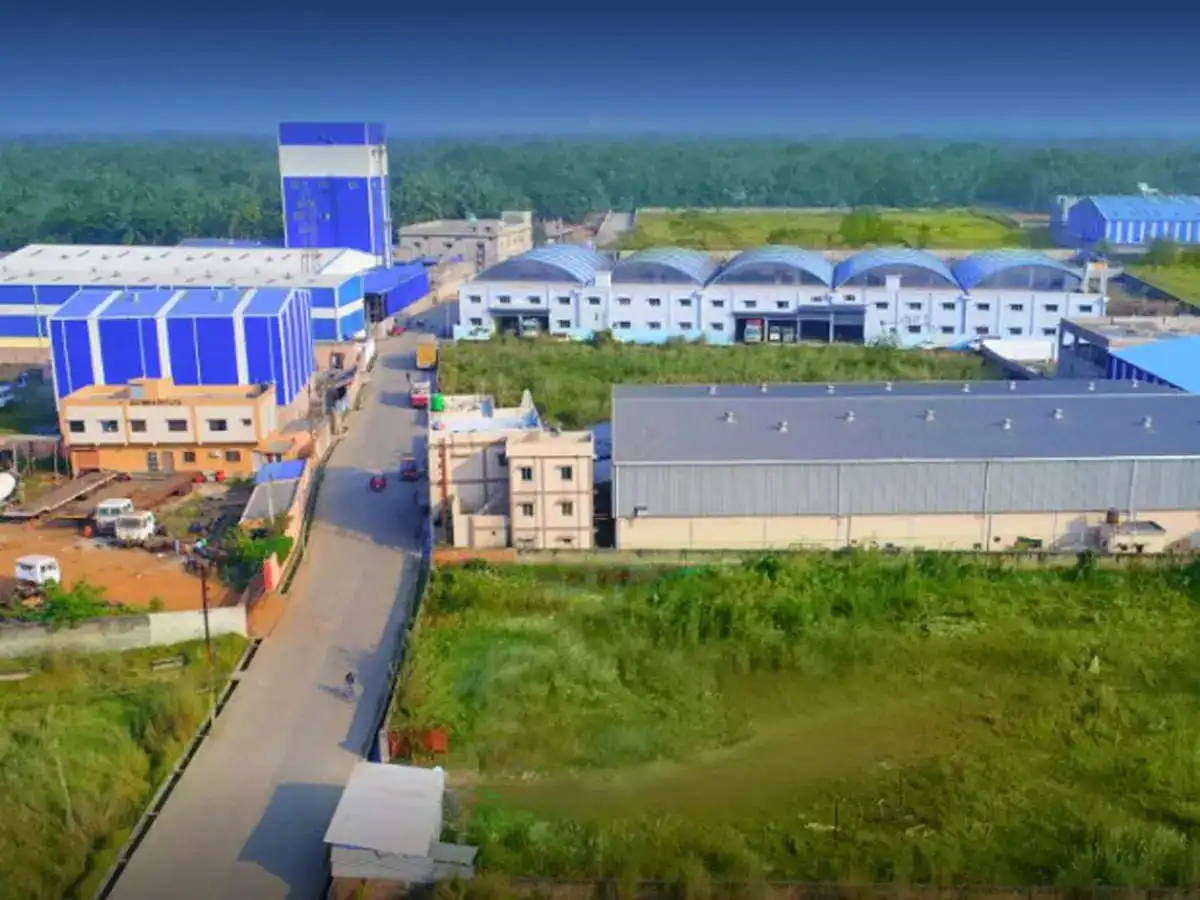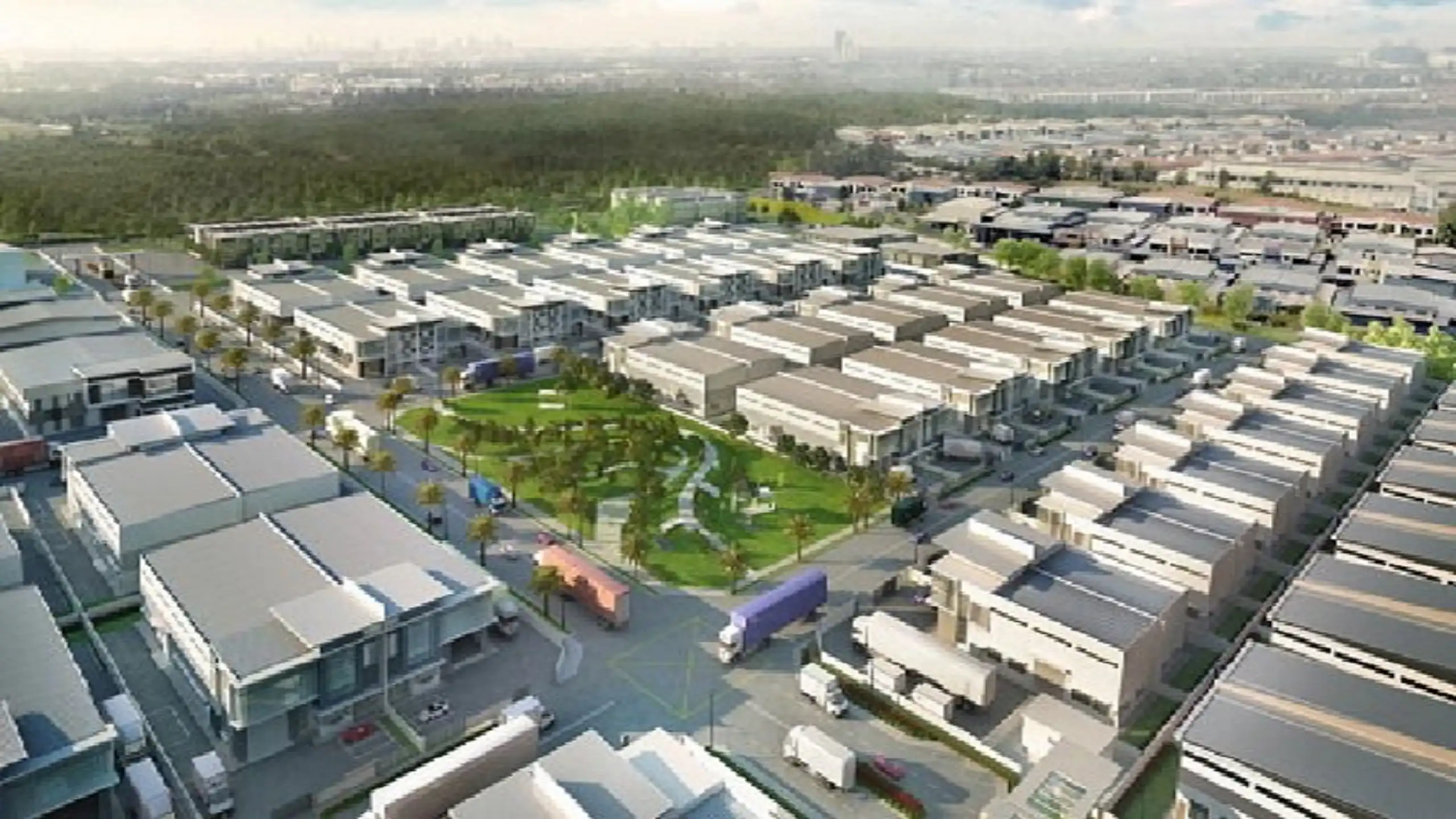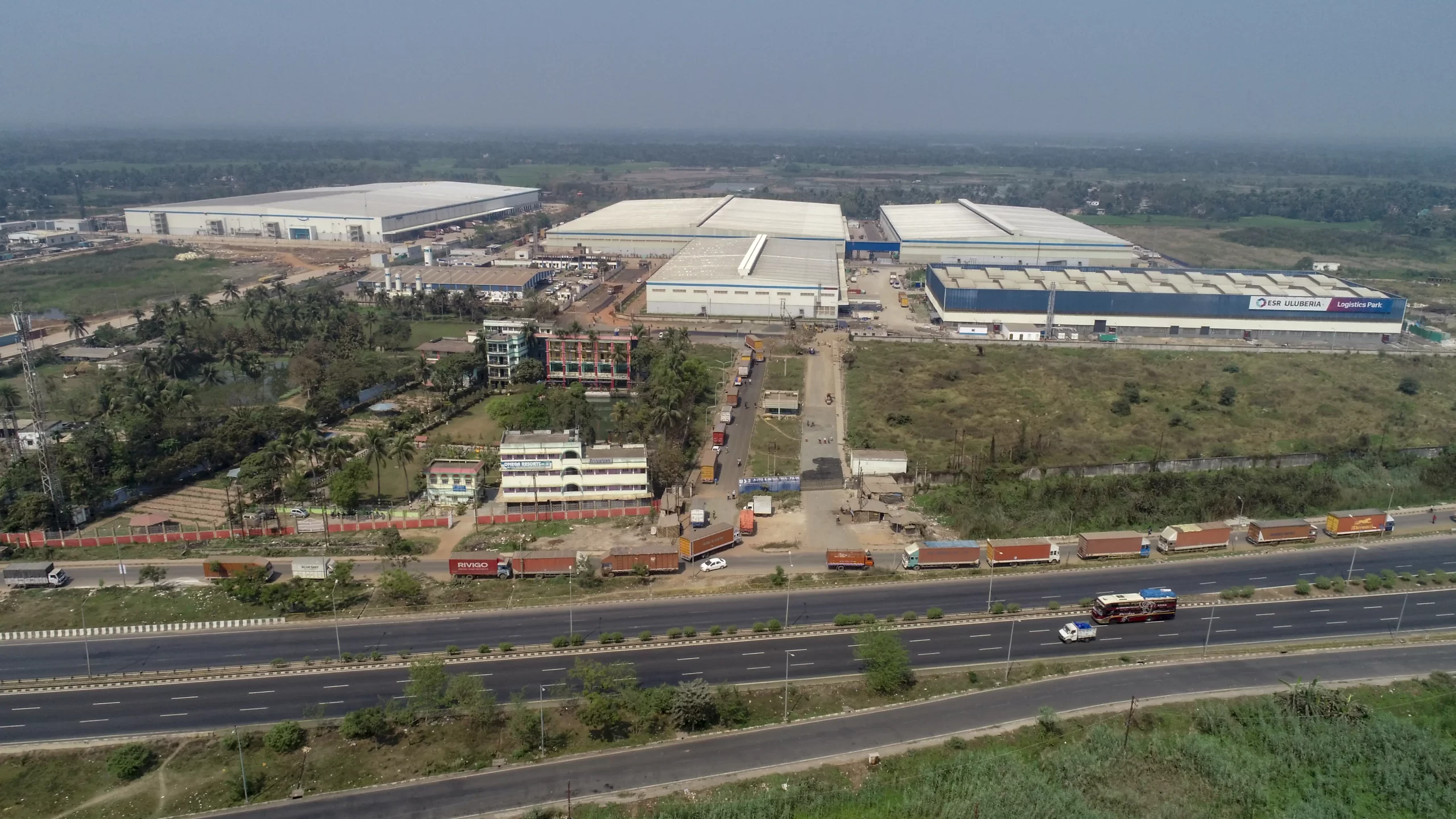Howrah
Overview
Howrah is a city in the Indian state of West Bengal. Administratively it lies within the district and is the headquarters of the Howrah Sadar subdivision. Also, it is a part of the area covered by the Kolkata Metropolitan Development Authority. The location is an important transportation hub and gateway to Kolkata and West Bengal. This is located on the western bank of the Hooghly River opposite its twin city of Kolkata.
There have some eminent builders groups Shapoorji Pallonji and Merlin Group etc. The average land area is between 1.27 acres – 30 acres. Although it’s constantly evolving as investors try to optimize their profits and respond to market demands. 2 BHK is the most common room configuration in the area. The estimated cost for 2bhk on sale is Rs. 32 lacs -Rs. 55 lacs.
West Bengal’s Howrah district is one of its heavily urbanized regions. The smallest district after Kolkata is Howrah. It has a storied past dating back thousands of years in the shape of the enormous Bengali kingdom of Bhurshut. The city of this location serves as the district’s administrative center.
Also, it serves as Kolkata’s entrance to the rest of the nation as the capital of West Bengal. It was created in the early 20th century and has since grown to be one of the most significant transit hubs for the national transportation of people and products.
Howrah has a storied past that traces back to the pre-colonial era. The iconic Howrah Bridge, a symbol of the city, was opened to the public in 1943. Originally named the New Howrah Bridge, it replaced the pontoon bridge and played a pivotal role in connecting Howrah with Kolkata. The bridge stands as a testament to engineering marvel and is a vital transportation link for the millions who commute between the two cities daily.
Howrah has emerged as a significant economic hub with its industrial zones and commercial activities. The Howrah Industrial Belt hosts a plethora of manufacturing units, contributing to the economic development of the region. The presence of industries ranging from engineering and textiles to steel and pharmaceuticals has led to the establishment of a robust economic ecosystem.
Howrah is home to several renowned educational institutions, contributing to the intellectual and cultural fabric of the region. Institutions such as the Bengal Engineering and Science University (BESU), now known as IIEST Shibpur, have a legacy of academic excellence. These institutions attract students from across the country, fostering a vibrant educational environment.
Howrah is home to several renowned educational institutions, contributing to the intellectual and cultural fabric of the region. Institutions such as the Bengal Engineering and Science University (BESU), now known as IIEST Shibpur, have a legacy of academic excellence. These institutions attract students from across the country, fostering a vibrant educational environment.
The major part of Howrah populates by the “Hindus”. Although, certain famous festive occasions of this location are Rashmela of Uluberia and Durga puja mela of Fort Gloster. On the other hand, Kalyanpur and Bagnan are famous for fairs on the occasion of Gajan.
Some renowned projects of the locality

